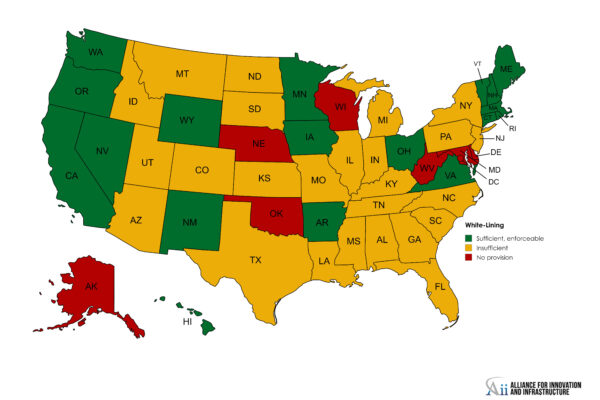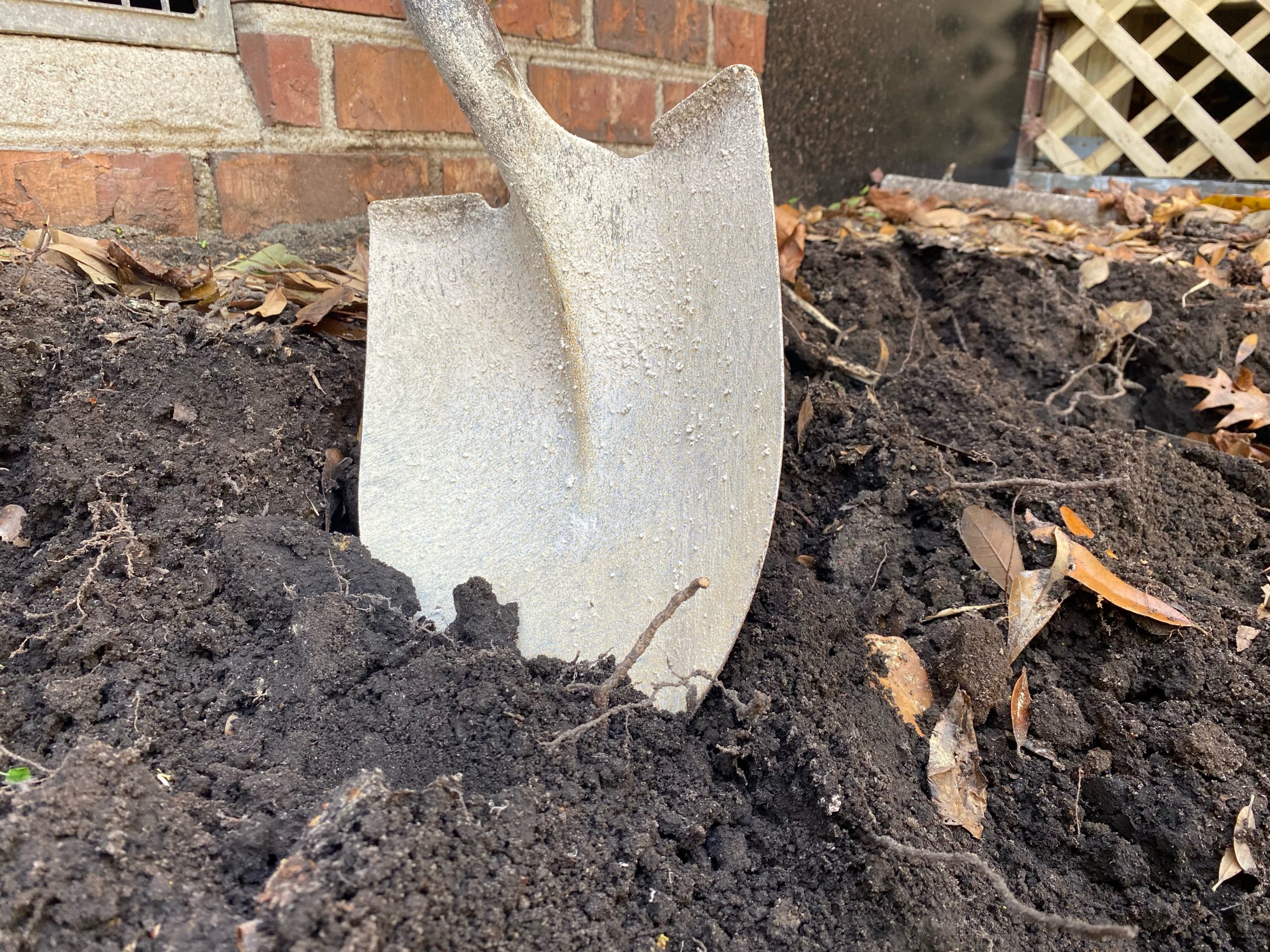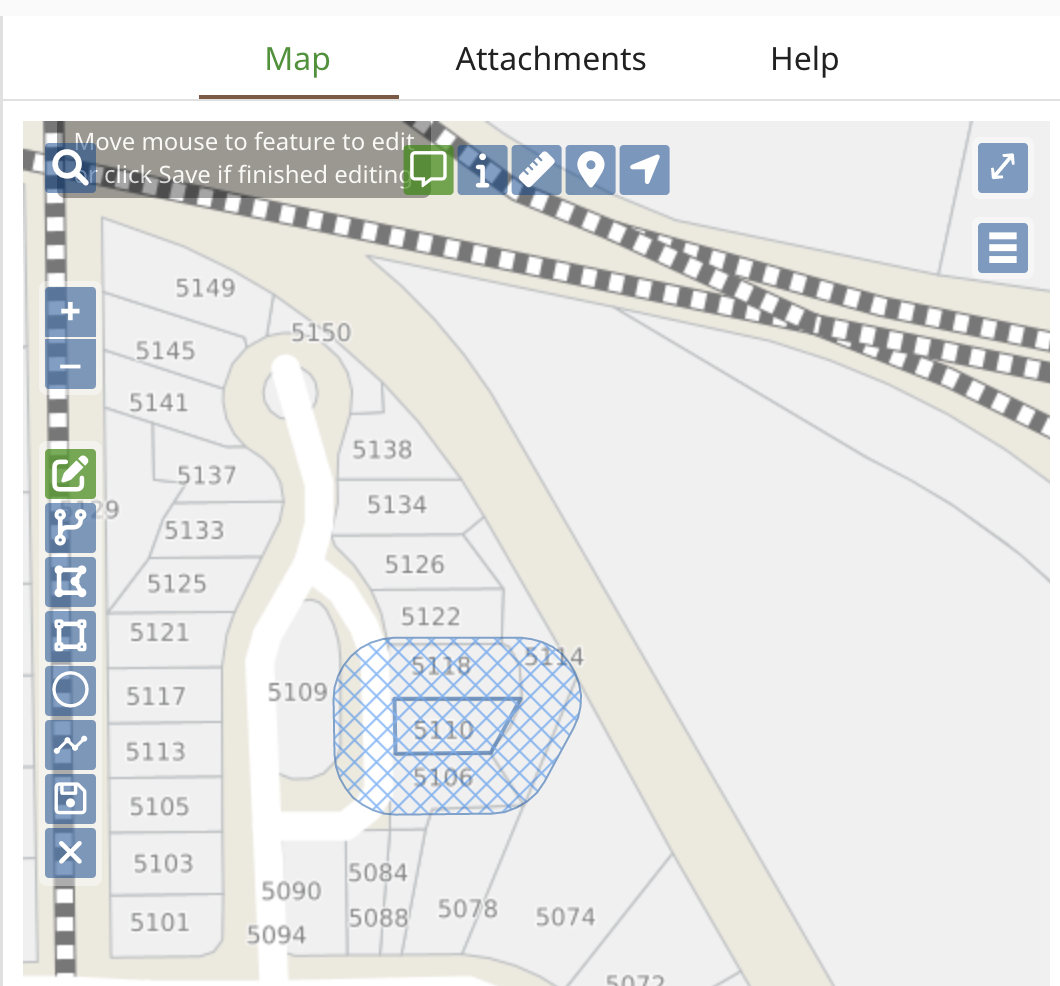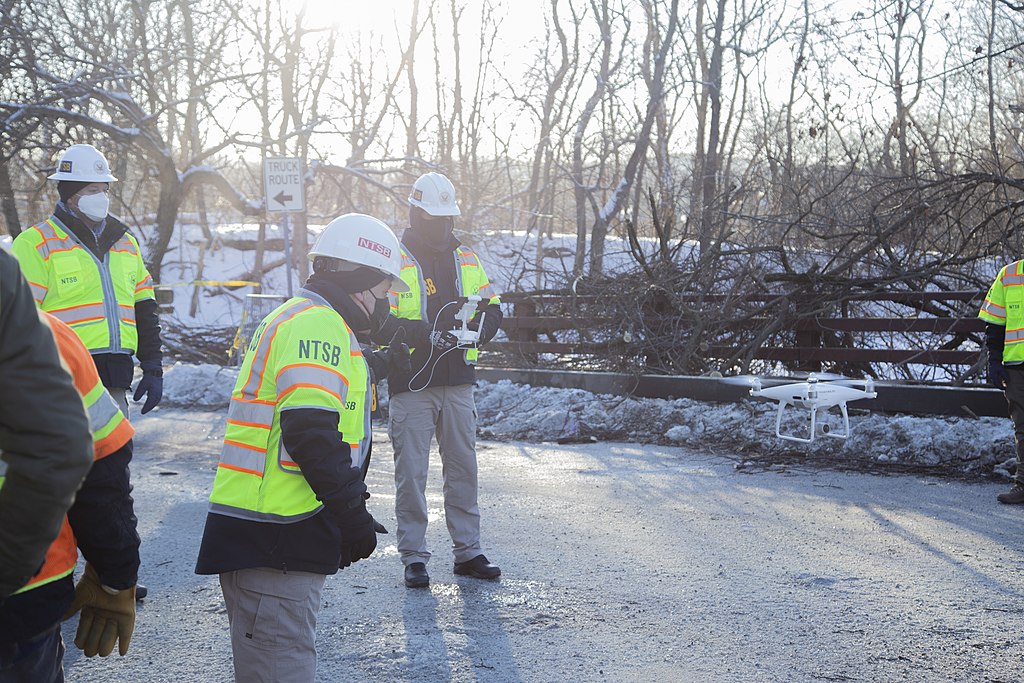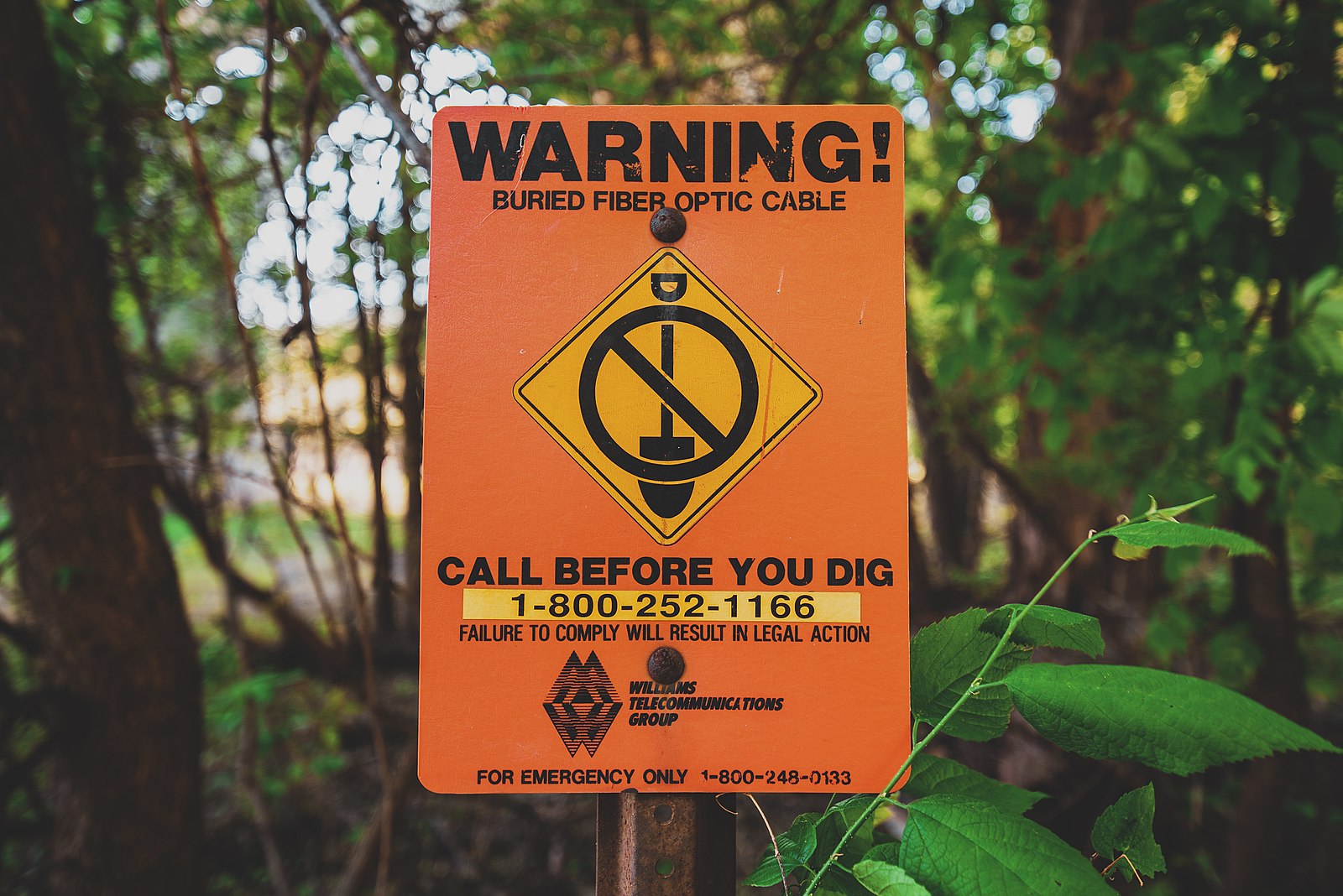In today’s world, daily reliance on buried infrastructure is unprecedented. Beneath our feet lies an intricate network of pipes, cables, and wires—powering our homes, fueling […]
Read MorePost Tagged with: "electronic white-lining"
Pipeline Safety Agency Highlights Innovative Technology
Every year, the Pipeline and Hazardous Materials Safety Administration (PHMSA) provides funding opportunities to states and stakeholders to improve and protect pipeline safety. One way […]
Read MoreAn Embarrassment of Riches Unspent While Costs Soar
If there is one thing the latest Common Ground Alliance (CGA) Technology Report makes clear, it is that the damage prevention ecosystem has an embarrassment […]
Read MoreThink Tank Releases New Report on The Consensus Technologies Needed For Improving Excavation Damage Prevention
FEATURE: Making a Homeowner Locate Request
It’s Time for Nationwide Adoption of Electronic White-Lining
Looking ahead to the year 2030, we hope to see technology integrated into virtually every activity we do. For damage prevention, this is not merely […]
Read MoreSafer Digging Part 5: Investigating A Damage
Up to this point, we have explored a range of benefits that accrue from the use of technology in the damage prevention process. Not only […]
Read MoreSafer Digging Part 4: Saving Time Saving Money
There is a clear connection between effective damage prevention and cost saving – when you avoid a damage, you avoid all of the direct and […]
Read MoreSafer Digging Part 3: Keep it in Park
This blog series is laser-focused on innovative technology that can improve the damage prevention process. While this particular series only discusses one technology – Electronic […]
Read MoreSafer Digging Part 2: Click Don’t Call
In March, Aii ran its original damage prevention campaign Modern Roots March to help raise America’s infrastructure IQ about the critical roots of modern life below […]
Read MoreSafer Digging Part 1: Before the Shovel
The first step for safer digging happens long before the shovel hits the ground. Damage prevention relies on communication and collaboration between parties through One-Call […]
Read MoreA $90 Billion Problem with Obvious Solutions
Every year, nearly $100 billion are lost in the U.S. economy due to excavation damage and the inefficiencies in the system designed to prevent them. […]
Read More